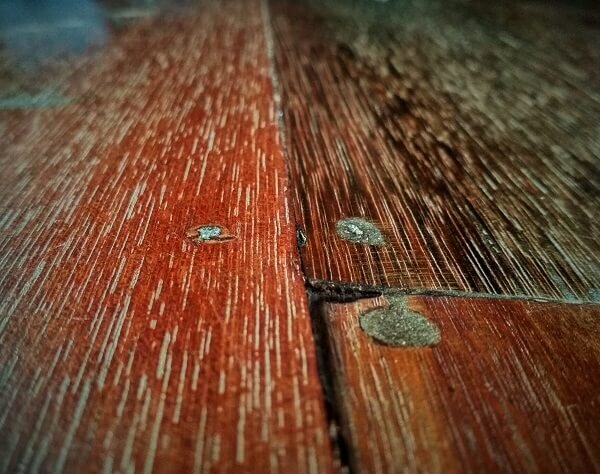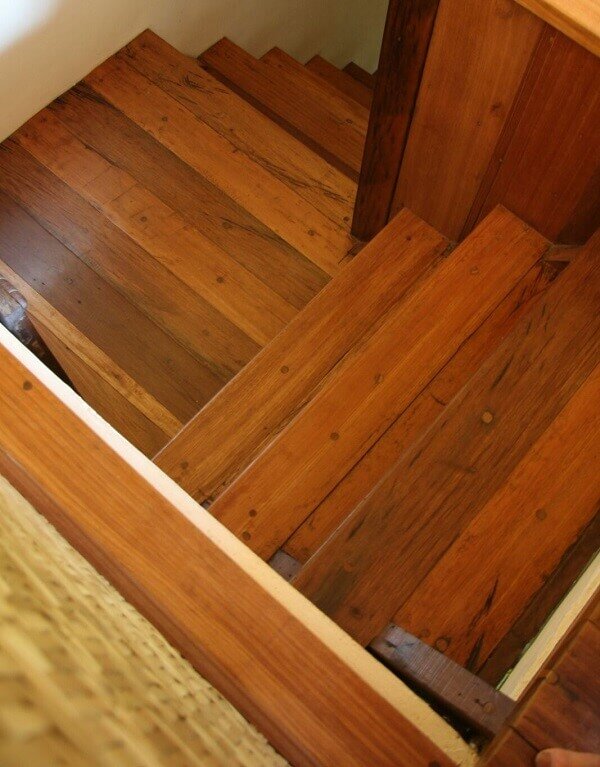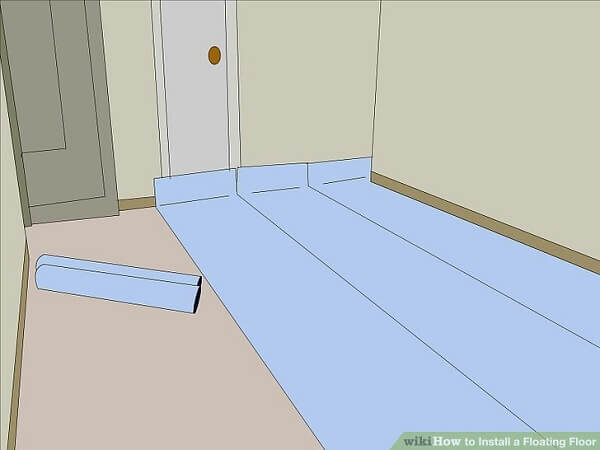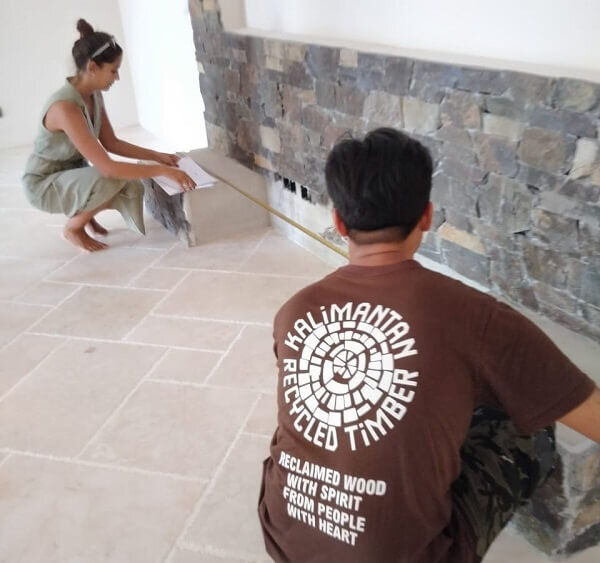Wood floor installation is a sign that your interior is almost ready to welcome furniture, and ultimately, really to be moved in.
But it is normal for you to have a few questions prior to taking on this important task. We have covered 8 common questions for you to proceed with the best knowledge possible!
You can bookmark this article for future use, or download our FAQ from Kaltimber’s website. If you do not find the answer you are looking for, please contact us
1. How should I handle and store my wood floor prior to installation?
It is absolutely crucial that you unload the wood in dry weather - If possible, unload flooring in good weather, never unload in the rain.The reason for this is that too much moisture in your wood will cause shrinkage and could damage your whole flooring.
Ideally, leave the flooring wrapped in the room you are installing it for 2 to 3 days to acclimatize.
Really bad cupping!
2. Can I install a hardwood floor in any room?
Yes. With the variety of products available and a choice of installation options, hardwood flooring can now be installed in any room of the home. The only consideration is whether the floor will be installed on/above or below-grade. For example, because of potential moisture problems, solid hardwood is not recommended for installations below grade, such as in a basement. Engineered products, which are inherently dimensionally stable, are better choices for this area. All types of hardwood can be installed on/above-grade.
3. Can Solid wood be installed over linoleum?
Yes)- providing the linoleum remains tightly glued to the original sub floor. How to do it here.
4. Can Solid wood be installed on stairs?
Yes, although it can be slippery, so think about your own environment before deciding (ie. Young children, pets)
Kaltimber flooring installed on stairs
5. Which installation method is best?
The method used for your hardwood installation will depend upon the type of product you have chosen, where the flooring will be installed, and the type of subfloor. Nail down, glue down & floating are the three type of installation. For instance, if you are remodelling your kitchen, some products can be "floated" over most sub-floors, including vinyl or ceramic tile, eliminating the mess and cost of tearing up the existing floor and installing a subfloor.
6 ) What is floating flooring?
Floating flooring is where the flooring is laid down over a layer of underlay. The individual planks are glued together, and they are not glued or nailed into the permanent floor. By doing this the floor is "floating" above the underlay - this is the standard installation method for laminate flooring and is not recommended as the best method for solid wood floors.
Roll out the foam underlayment in a single layer across the floor.
7) What is the required distance between the walls and the flooring boards?
When gluing a Real Wood to the subfloor an expansion gap of 15mm towards the walls is sufficient. With floating-floor installations for every metre of installation width the flooring requires a distance to the wall of at least 5mm, lengthwise an expansion gap of 15mm is sufficient.
8) How much wastage should I allow for?
Despite our strict sorting criteria and thorough quality control there may be certain material-specific peculiarities that customers come across during the on-site selection and installation process which may need to be cut out. Generally, we recommend adding 7-10% to the room's sq.m. in total for cutting scrap. More detailed information here.
9) Does sunlight have any effects on the flooring?
Yes, any kind of wood will change its colour over time. During this process light-coloured wood types are not necessarily going to get lighter, dark wood types however will get darker. Every wood type has a characteristic aging process of its own and will react in its individual way
Best to call a professional for accurate measurements




